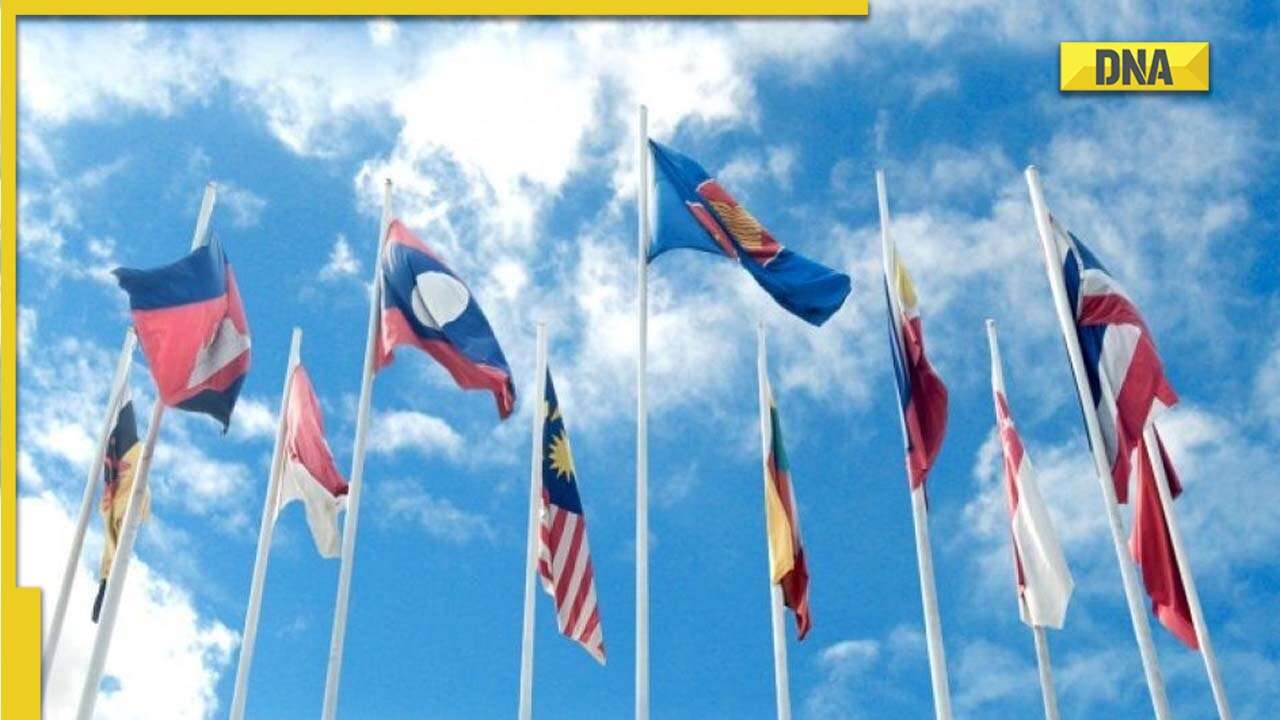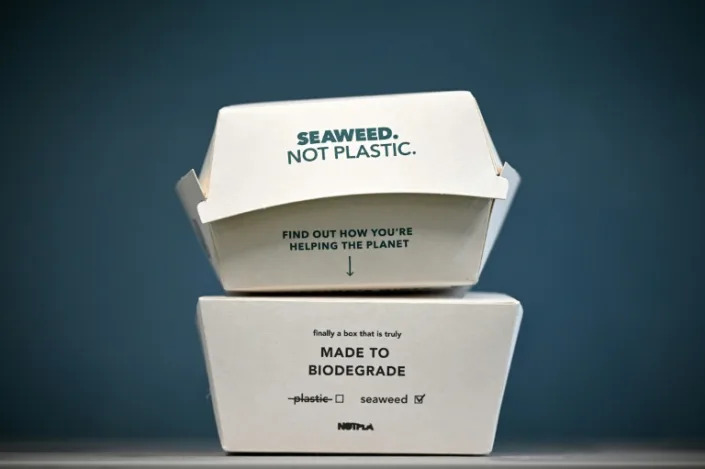It may return some proceeds to shareholders via a one-off dividend or buyback
By JANE DENTON FOR THISISMONEY
29 November 2022
HSBC has agreed to sell its business in Canada to Royal Bank of Canada for $10.04billion, or around £8billion, in cash.
The sale comes as the FTSE 100-listed banking giant pursues a strategy of focusing its resources on its core markets, amid pressure from its biggest shareholder, Ping An, to boost its performance and bottom line.
Chinese insurance group Ping An has been pushing HSBC to split its Asian and western operations in a bid to strengthen returns.
HSBC said it may return some of the proceeds of the sale to shareholders via a one-off dividend or buyback from early 2024 onwards.

'We decided to sell following a thorough review of the business', HSBC boss Noel Quinn said
Noel Quinn, the bank's boss, said: 'We decided to sell following a thorough review of the business, which assessed its relative market position within the Canadian market and its strategic fit within the HSBC portfolio.'
HSBC's shares were up 4.55 per cent or 22.23p to 510.83p this afternoon. In the last year, the lender's share price has risen over 20 per cent. But, looking back over the last five years, the bank's share price is down over 30 per cent. The lender axed dividends at the height of the pandemic, but has since resumed them.
In February 2021 the group announced it was scrapping the scrip dividend option as it was deemed 'dilutive'.
The sale of HSBC's arm in Canada is expected to complete late next year and will result in a pre-tax gain of $5.7billion for HSBC, according to the bank.
The deal will enable Royal Bank of Canada to take more market share in its home market, adding 130 branches and more than 780,000 retail and commercial customers. If successful, it will be the first big banking merger in a decade in Canada.
The transaction will unlock 'significant value' for the group, HSBC said in a stock market statement today.
HSBC said in October it was considering the sale of the Canadian arm as it looks to beef up returns following pressure from Ping An.
HSBC is Canada's seventh biggest bank with assets of C$125billion, and it earned C$490million before tax as of 30 June, based on its latest financial results. Analysts had valued HSBC's Canada business in the range of C$8billion to C$10billion.
Last month HSBC reported an adjusted pre-tac third quarter profit of $6.5billion, against $5.5billion a year ago. At the time, the bank also maintained its guidance for a dividend payout ratio of 50 per cent in 2023 and 2024













